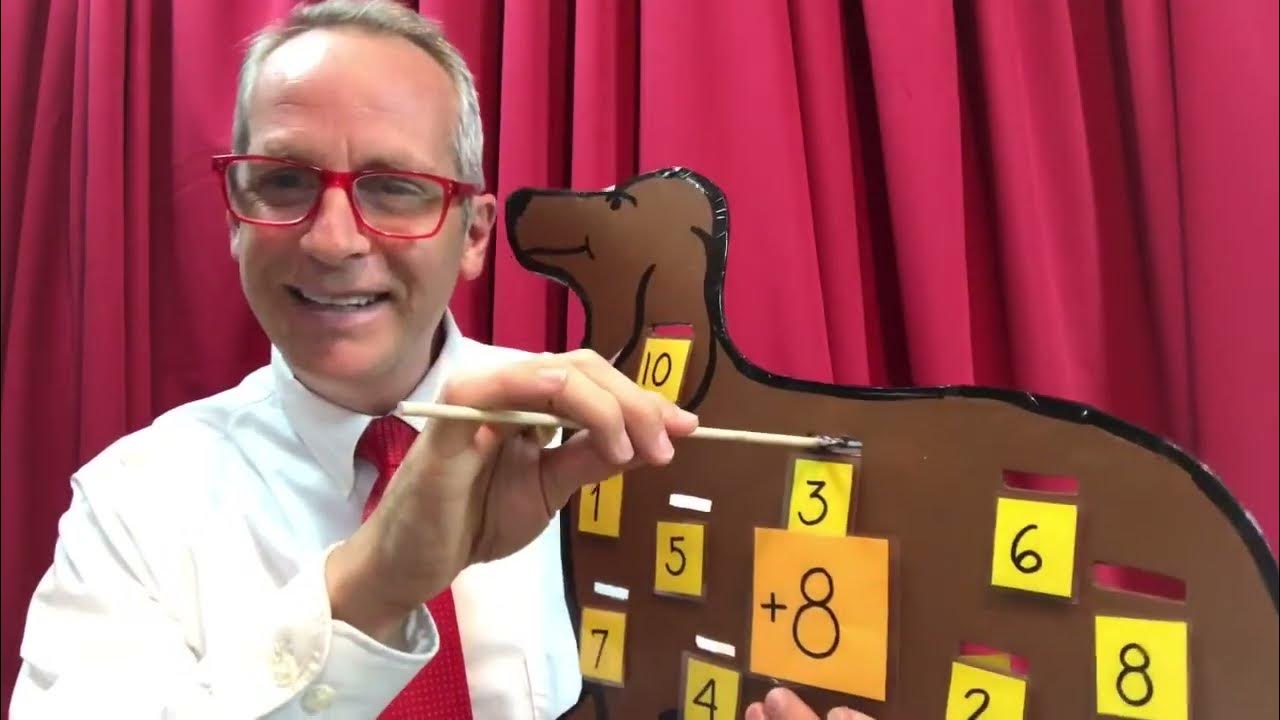How To Play Magic: The Gathering (MTG) Learn To Play In About 15 Minutes!
Summary
TLDRThis script offers an introduction to 'Magic: The Gathering', a strategic and social card game that enhances critical thinking and creativity. It covers the basics, including deck composition, mana system, card types, and phases of gameplay. The guide explains how to play, interact, and strategically use spells and creatures to reduce opponents' life points to zero, highlighting the game's complexity and variety with over 20,000 unique cards.
Takeaways
- 🃏 Magic: The Gathering (MTG) is a collectible card game that combines fun with strategic depth and social interaction.
- 🔮 The game promotes critical thinking, combinatorial mathematics, creativity, and imagination.
- 🎯 The primary objective in MTG is to reduce your opponent's life total to 0 using a variety of strategies and card types.
- 💧 MTG utilizes a mana system based on five colors representing different types of power, derived from corresponding land cards.
- 🔄 Players must manage their deck, typically consisting of 24 lands and 36 spells, to optimize their strategy.
- 🤖 Creatures are central to the game, providing combat power and interacting with other cards through various abilities.
- ⚔ Combat in MTG involves declaring attackers and blockers, with damage and toughness determining the outcome of creature clashes.
- 🌟 Instants and sorceries are one-time-use spells that offer powerful effects and can be cast at different speeds.
- 🛡 Permanents like artifacts, enchantments, and Planeswalkers remain on the battlefield, providing ongoing effects.
- 🔄 The game turn consists of several phases, including drawing cards, casting spells, and combat, with a focus on resource management and timing.
- 🔄 Understanding 'Priority' and the 'Stack' is crucial for mastering the game's mechanics, allowing for responsive play and strategic counterplay.
Q & A
What is Magic: The Gathering and why is it considered both complex and easy to play?
-Magic: The Gathering is a collectible card game that combines elements of strategy, creativity, and social interaction. It's considered complex due to the vast number of unique cards and strategies available, yet it's easy to play because of its straightforward rules and mechanics.
How does the game develop critical thinking and combinatorial mathematics skills?
-The game requires players to make strategic decisions, such as managing resources, planning moves ahead, and responding to opponents' plays, which in turn develops critical thinking and combinatorial mathematics skills.
What are the basic components of a Magic: The Gathering deck?
-A basic Magic: The Gathering deck consists of lands and spells. Lands provide the mana needed to cast spells, while spells include creatures, artifacts, enchantments, instants, sorceries, and Planeswalkers, which are used to interact with the game.
How many cards are typically included in a Magic: The Gathering deck and why?
-A standard deck usually contains 60 cards to ensure a diverse range of options during gameplay and to meet the game's official tournament requirements.
What is the significance of the mana system in Magic: The Gathering?
-The mana system is crucial as it represents the resource players use to cast spells. Different colored mana corresponds to different types of spells and abilities, allowing for varied strategies and deck constructions.
How does the trading aspect of Magic: The Gathering contribute to the game experience?
-Trading cards with friends allows players to build their collections and create diverse decks. It also fosters a sense of community and enhances the social aspect of the game.
What are the phases of a turn in Magic: The Gathering and why are they important?
-The phases of a turn include the Beginning Phase, Main Phase, Combat Phase, Second Main Phase, and End Phase. These phases structure the game and determine when players can perform certain actions, such as drawing cards, casting spells, and attacking with creatures.
How does the concept of 'tapping' relate to resource management in the game?
-Tapping is the act of using a card's resource for the turn, indicated by turning the card sideways. It's important for resource management as it shows that the resource has been used and cannot be used again until the next turn when it is untapped.
What is the objective of Magic: The Gathering and how can it be achieved?
-The objective is to reduce the opponent's life total to 0. This can be achieved through creature combat, direct damage spells, or by forcing the opponent to run out of cards in their library.
How does the concept of 'planeswalkers' fit into the game and what makes them unique?
-Planeswalkers are powerful cards representing heroes of the multiverse with unique abilities. They are unique because they can be activated for effects that modify their loyalty points, and they have specific rules for entering and leaving the battlefield.
What are some common abilities found on creature cards in Magic: The Gathering and how do they affect gameplay?
-Common abilities include Haste, Flying, Reach, Deathtouch, First Strike, Trample, Menace, Vigilance, Lifelink, and Indestructible. These abilities provide various advantages or effects during gameplay, such as allowing creatures to attack immediately after being cast or bypassing certain defensive measures.
Outlines

此内容仅限付费用户访问。 请升级后访问。
立即升级Mindmap

此内容仅限付费用户访问。 请升级后访问。
立即升级Keywords

此内容仅限付费用户访问。 请升级后访问。
立即升级Highlights

此内容仅限付费用户访问。 请升级后访问。
立即升级Transcripts

此内容仅限付费用户访问。 请升级后访问。
立即升级浏览更多相关视频

The Ultimate CS2 Game Sense Guide

Mengenal Model Pembelajaran Project Based Learning

Build an EPIC Collection for FREE (MTG Arena Free to Play Guide)

Motivasi Perkembangan Perpustakaan, Budaya Baca dan Literasi Di Jepara Menuju Indonesia Emas

EEX4070 Syllabus Talk 25

Bagaimana Menjadi Seorang Strategic Leader | Leadership Vibes
5.0 / 5 (0 votes)
